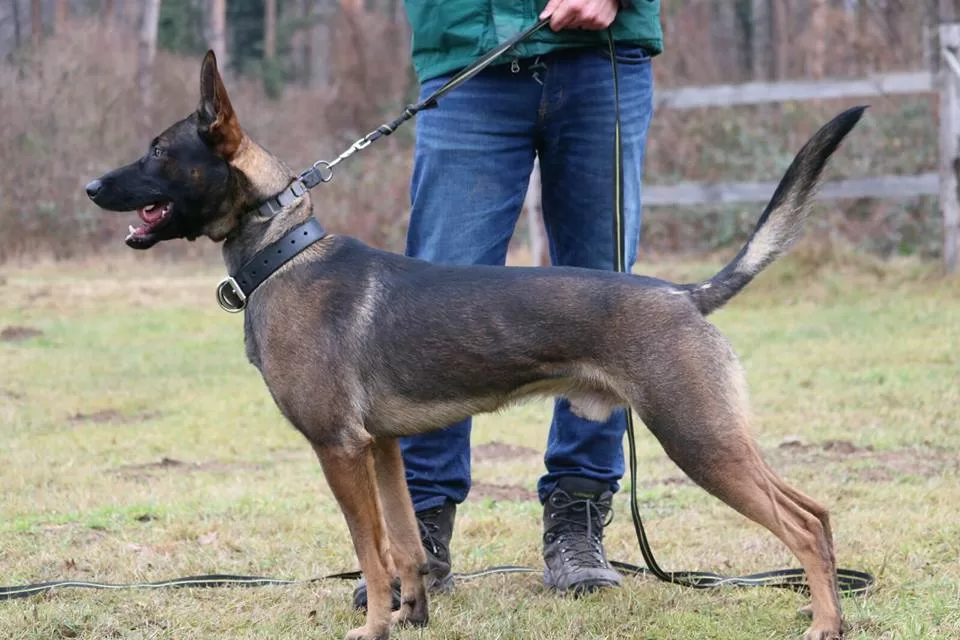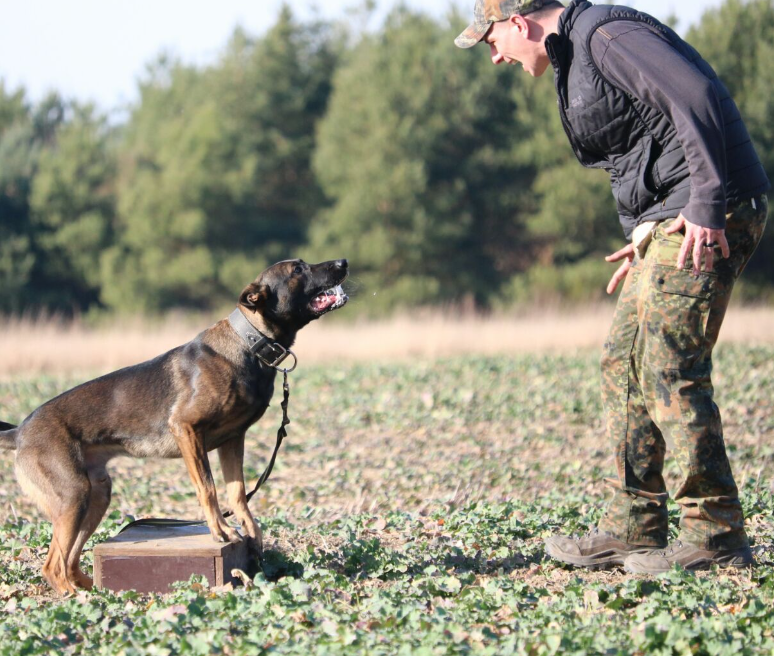
Introduction:
Training is an essential aspect of owning a dog, and the methods used can greatly impact the learning process and the overall relationship between you and your furry friend. Positive reinforcement training is a humane and effective approach that focuses on rewarding desired behaviors rather than punishing unwanted ones. In this blog post, we will explore the benefits of positive reinforcement training for dogs and why it is the preferred method for creating a well-behaved and happy canine companion.
Creates a Positive Learning Environment:
Positive reinforcement training creates a positive learning environment for dogs. Instead of using fear or intimidation, this method relies on rewards such as treats, praise, and play to reinforce behaviors. Dogs respond best to positive experiences, and by using rewards, we can motivate them to learn and engage in desired behaviors willingly. This positive approach fosters a bond of trust and respect between you and your dog, making the training process enjoyable for both parties.
Encourages Good Behavior:
Positive reinforcement training focuses on rewarding and reinforcing good behavior. Instead of punishing or scolding your dog for unwanted behaviors, you redirect their attention to behaviors you want to encourage. When your dog performs a desired behavior, such as sitting or walking politely on a leash, they receive a reward. This method helps your dog understand what is expected of them and motivates them to repeat those behaviors in the future.
Builds Confidence:
Positive reinforcement training builds your dog’s confidence. When they receive rewards for performing desired behaviors, they feel accomplished and proud. This boosts their self-esteem and encourages them to continue learning and trying new things. Dogs that are trained using positive reinforcement are more likely to be confident, outgoing, and less fearful in various situations.
Strengthens the Bond:
Positive reinforcement training strengthens the bond between you and your dog. When you focus on rewarding good behavior, you create a positive association with training sessions. Your dog sees you as a source of fun, rewards, and positive experiences. This strengthens the trust and bond between you, making them more responsive to your commands and eager to please you.
Effective for All Dogs:
Positive reinforcement training is effective for all dogs, regardless of their age, breed, or temperament. Whether you have a young puppy or an older rescue dog, positive reinforcement can be used to teach new behaviors, modify unwanted behaviors, and improve their overall obedience. It can also be tailored to suit the individual needs of each dog, making it a versatile training method.
Reduces Stress and Fear:
Positive reinforcement training reduces stress and fear in dogs. Unlike punishment-based methods that can cause anxiety and fear, positive reinforcement focuses on positive experiences and rewards. Dogs trained with positive reinforcement are more relaxed, less likely to exhibit fearful or aggressive behaviors, and are more open to new experiences.
Long-Lasting Results:
Positive reinforcement training leads to long-lasting results. Because it focuses on teaching your dog to make the right choices rather than avoiding punishment, the behaviors learned through positive reinforcement are more likely to become ingrained and consistently displayed. This means that the training will continue to be effective throughout your dog’s life.
Promotes Mental Stimulation:
Positive reinforcement training provides mental stimulation for your dog. Training sessions engage their minds, challenging them to learn and problem-solve. Mental stimulation is important for dogs as it helps prevent boredom and destructive behaviors. By incorporating positive reinforcement training into your routine, you provide an outlet for your dog’s mental energy and keep them mentally sharp and stimulated.
Enhances Safety and Control:
Positive reinforcement training enhances safety and control over your dog. By teaching them basic obedience commands, such as sit, stay, and recall, you can ensure their safety in various situations. Dogs trained with positive reinforcement are more likely to listen to your commands, making it easier to manage them in public spaces, around other animals, or during potentially dangerous situations.
Sets a Positive Example:
Positive reinforcement training sets a positive example for others. By using a gentle and reward-based approach, you show others that training can be effective, enjoyable, and based on mutual trust and respect. This can help promote positive training methods in the wider community and contribute to a more compassionate and responsible approach to dog ownership.
Conclusion:
Positive reinforcement training is a humane, effective, and enjoyable method of training dogs. It creates a positive learning environment, encourages good behavior, and builds confidence and trust between you and your dog. With its versatility and effectiveness, positive reinforcement training benefits dogs of all ages, breeds, and temperaments. By utilizing rewards, praise, and play, you can foster a well-behaved, confident, and happy canine companion while strengthening the bond between you and your four-legged friend.


